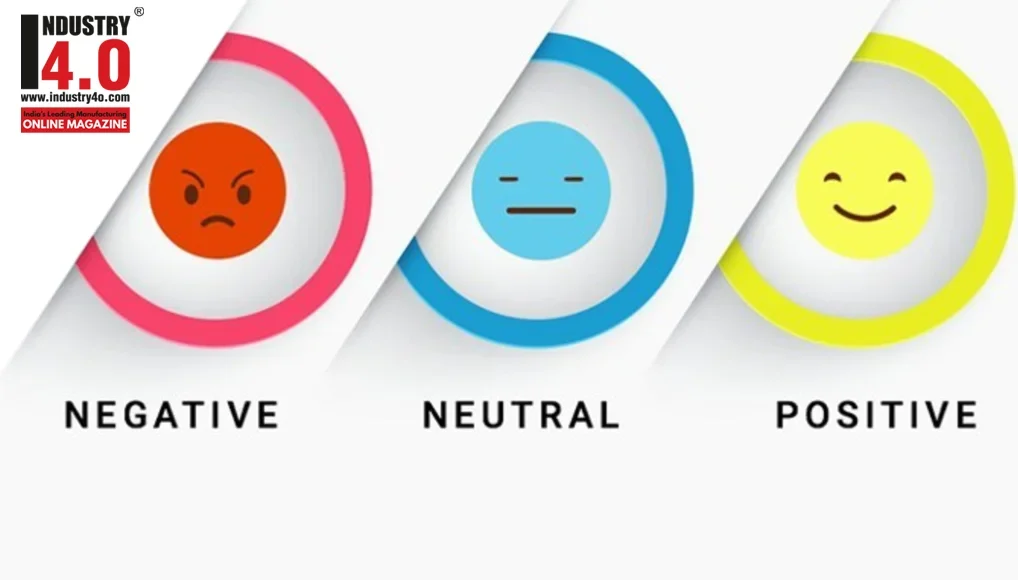Machine learning (ML) is expanding faster than we could fathom, allowing computers to learn, analyze and execute extraordinary tasks. With new tools and technologies coming into its fold, businesses using machine learning can push boundaries and increase their revenue. Sentiment Analysis is one such tool that is making ML one of the most sought-after technologies today.
What is Sentiment Analysis?
Sentiment analysis is a machine learning tool designed to automatically analyze the context of texts to understand if they are positive, negative, or neutral. With this analysis, businesses can learn the intent, reactions, and sentiments of users and act accordingly.
How does sentiment analysis work
The sentimental analysis tool is made up of Natural Language Processing (NLP) and machine learning algorithms to go beyond definitions and understand the underlying meaning of the text, such as context, appreciation, sarcasm, etc.
There are three types of algorithms used in sentiment analysis models depending on the volume of data, and the accuracy needed:
Automatic: In this method, the sentiment analysis relies on machine learning processes instead of manually crafted rules. It takes the classification approach, where a text is fed to the classifier, and it returns a category, like positive, negative, or neutral. It involves a training and prediction process and feature extraction from text.
Rule-based: It employs a set of human-crafted rules to identify polarity, context, or the subject in an opinion. These rules include various natural language processing techniques such as lexicons, parts of speech, parsing, tokenization, and stemming.
Then it compares two sets of polarized words. Positive: good, best, excellent, etc. Negative: bad, worse, disappointed, etc. If the positive words appear more than the negative words, it tags it as a positive statement, and vice versa.
Hybrid: As the name implies, the system combines both rule-based and automatic, clubbing best elements from both worlds to bring out the desired result. The hybrid algorithm is widely considered to be more accurate than the other two.

Sentiment analysis: Application and Example
Sentiment analysis is widely applied and can be used in almost any industry. Here are some areas where sentiment analysis can be effectively used:
- Customer service
- Market research
- Brand monitoring
- Social media monitoring
- Chat and Email analysis
An example of how sentiment analysis gleans, analyzes, and produces results from a customer’s text.

Source: Monkeylearn
Sentiment Analysis Tools
If you wish to have a sentiment analysis for your business, there are two ways to get it. One is to build it yourself using an open-source platform, and another way is to buy it from outside, that is, as a SaaS – product.
Using open-source: Well-positioned open source libraries in languages like Java and Python help you build your sentiment analysis tool. However, since it heavily leans on data science, NLP services, and machine learning, you are required to have a good team of data scientists and ML experts on board. Apart from resources, you also need to have a good amount of time and money to build your own tool.
SaaS Product: If you don’t have data science or a relevant development team, you can opt for a ready-to-implement sentiment analysis tool. The SaaS product offers several other advantages: You can implement the product with little or no coding knowledge. You do not require a data scientist or an engineering team, thus saving you an enormous amount of time and money.
Sentiment analysis is more than a hi-tech analysis tool. It is becoming one of the all-important and critical technologies that would redefine the way businesses analyzed public opinion and understood the sentiments of their potential customers.
About the Author

Ms. Subham Sarkar
President & COO

Netlabs Global IT Services Pvt. Ltd.
He can be contacted at Mobile : +91 81476 52280, +91 97404 44009 or
e-mail : [email protected]
Also read Netlabs Global earlier articles











